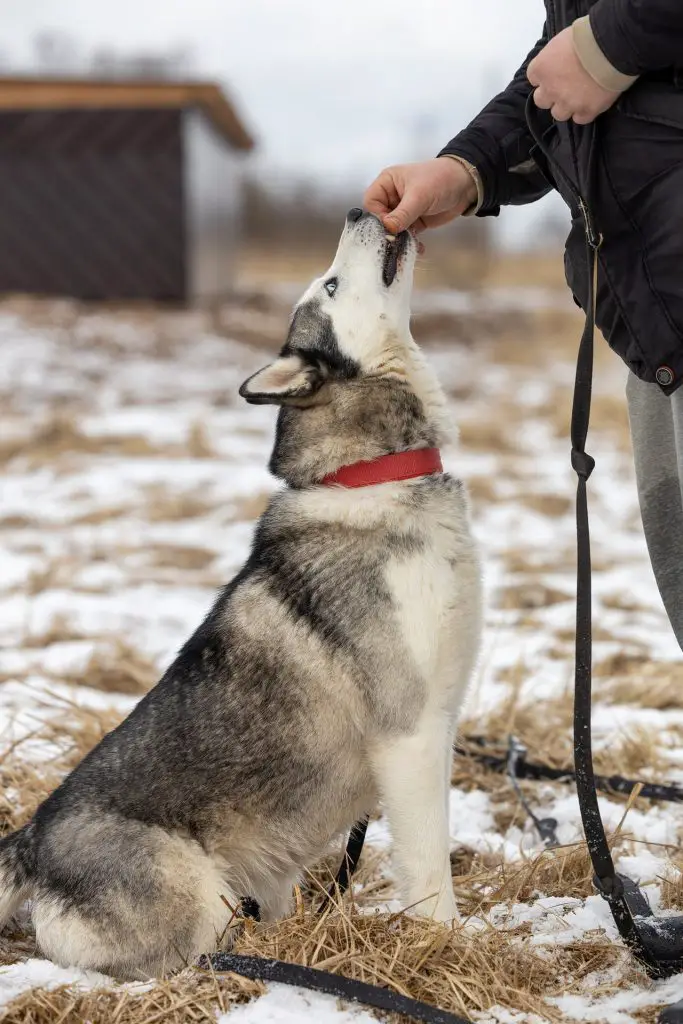
Contents
Pet Behavior Correction- How to Correct Unwanted Pet Behavior: Positive Reinforcement Techniques – Introduction

Positive reinforcement is an essential part of training your pet. It can teach new behaviors and is also a great way to praise your pet when they do something right. Here’s how to use this technique:
Puppy Training – How to Correct Unwanted Behaviors: https://m.youtube.com/watch?v=CtRVmh_6hgc&pp=ygUXUGV0IEJlaGF2aW9yIENvcnJlY3Rpb24%3D
Start with the Basics
The first step to correcting unwanted behavior is to ensure you’re using the right kind of positive reinforcement. Your dog should be rewarded for good behavior, not punished for misbehaving. This means that when they do something right, they get a treat or toy reward instead of negative consequences like yelling or throwing something at them (which can lead to aggression).
While this may sound easy enough, it’s essential because dogs have different personalities and learning styles and because there are some misconceptions about what constitutes “bad” behavior. Some people think that if their dog barks or growls when someone comes into the house, it’s an aggressive dog—but these are signs that your pet is trying its best! If we give up after our first attempt at training doesn’t work out, then we’ll never know why our pet is acting out in the first place!
Match the Behavior to the Reward
The best way to correct unwanted behavior is by matching the behavior to the reward. This means you want your pet to do something good so they can get a treat, play with their favorite toy, or take a walk. If they’re doing something terrible when you want them to do something good (like barking at other dogs), then instead of giving them treats after they bark at someone else’s dog, ignore them when they start barking and only give them attention when they stop barking immediately afterward.
The first step in correcting unwanted behaviors is using positive reinforcement techniques such as praise, treats and praise again until their behavior becomes more pleasing for both parties involved (you!). Once this happens, try saying, “Good girl!” or “Good boy!”
Get Creative with Positive Reinforcement Techniques
Use a variety of techniques. You can use positive reinforcement techniques in many different ways, and it’s essential to experiment with what works best for you and your pet. Some examples:
Reward them with food treats or playtime when they perform a desired action, such as coming when called or waiting patiently at their crate door while you put on shoes.
Use verbal praise (such as “good dog” or “good boy”) when they do something well, such as sitting down after being asked nicely by someone who has food in their hand.
Give rewards immediately following the desired behavior. Instead of waiting until later during training sessions, try dispensing rewards immediately after your pet does something right so that he knows how much success he had during those moments.
For example, if your dog sits for you after being asked nicely by someone with food in their hand, reward him with a treat immediately after he does it. This will let him know that the behavior is worth repeating.
The right kind of positive reinforcement is crucial in helping your pet learn new behaviors.
Positive reinforcement is using rewards and positive attention to teach your pet new behaviors or maintain existing ones. It’s a vital tool in training dogs and can be used for many tasks, such as obedience training, agility, hunting, etc.
Suppose you’re looking for ways to help your pet learn new behaviors. In that case, positive reinforcement techniques are an excellent option because they reward good behavior with something enjoyable (food treats or playtime). This way of teaching dogs is also very effective at creating lasting change because it teaches them that they did well when their owner rewarded them with something they enjoyed. So they will continue doing so on future occasions!
Conclusion
Remembering positive reinforcement techniques is not about causing pain or harm. Teaching your pet a new behavior is essential. They are about helping your pet learn what you want them to know and keeping them safe when they’re doing something they need help with. The more you use these techniques, the easier it will be for you and your dog to communicate effectively—and get along better!
More Links :
Pet Adoption Process – How to Prepare for Pet Adoption: A Complete Guide in 2023! https://adoptanim.com/pet-adoption-process/
Pet Adoption Vs. Buying – Adopting a Pet vs. Buying: Which is the Better Choice? https://adoptanim.com/pet-adoption-vs-buying/









Leave a Reply